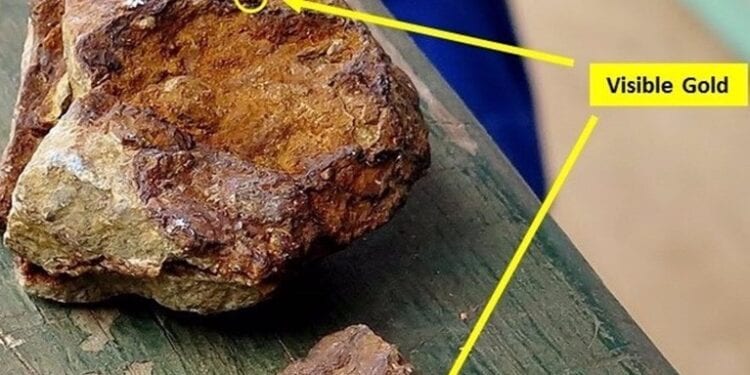VETERAN PNG minerals explorer Frontier Resources Limited has identified visible gold in a number of samples gathered during its first phase of field sampling and mapping at the Saki project in Papua New Guinea.
Non‐Executive Director, Peter Swiridiuk, said the programme was designed to expand on known areas of mineralised gold structures for follow‐up drilling.
Mr Swiridiuk said that during the final few days of the field programme Frontier’s geological team visited the sites of alluvial gold mining activities and historical artisanal mining sites which date back to the 1930s.
At Lower Geseva Creek, four rock float samples were collected containing visible gold, approximately 350 metres north‐northeast from the mining camp.
A total of 103 rock chip and float samples were collected, together with 117 trench samples from four trenches. Local landowners have been supportive during the fieldwork program and provided the necessary local workforce to assist in collecting rock samples and hand digging trenches.
A total of 142 soil samples were collected along ridges to the south west of the camp to help trace historically interpreted veins.
Geological and structural mapping has also been carried out at 103 locations in the vicinity of the rock sampling sites, covering an area of 1.4 sq.km, which will assist in the analysis of the sampling geochemical results.
Frontier’s field crew, which included three geologists and senior field assistant, have now demobilised from Saki to process and finalise reports in readiness for assays results to be received.
Historical exploration of the Saki gold vein system was aimed at keeping the nearby Tolukuma mine operational by finding additional ounces for its mill feed.
In partial preparation for a JORC‐code compliant resource to be estimated Frontier’s geologists have refurbished the drill core shed on‐site at Saki and catalogued existing drill core. The remainder of the drill core is known to be stored at the Tolukuma minesite.












